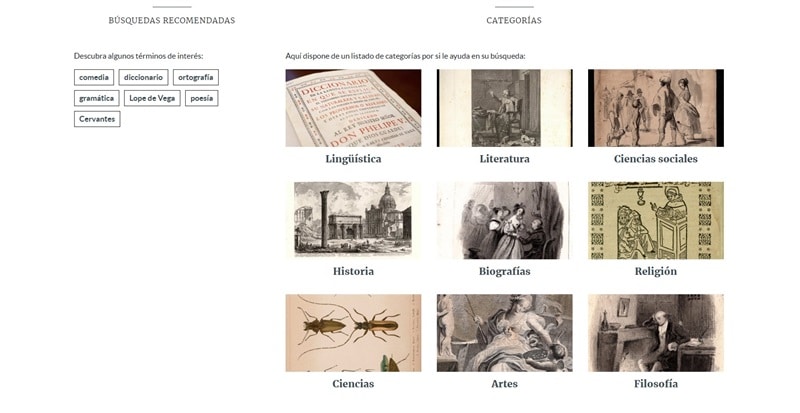Would you like to browse the first edition of 'El Quijote' or the original manuscript of 'Don Juan Tenorio' by José Zorrilla? Now you can. The Digital Library of the Royal Spanish Academy (RAE) offers a free catalogue containing almost five thousand classic works of great historical, heritage and editorial value. Access to this space has been integrated into one of the sections of its website and has an interface so that users can navigate through it comfortably and intuitively. Copies can also be downloaded in PDF format using the button located at the bottom of each work.
A paradise for bibliophiles
For this digitalisation, priority has been given to literary works that are unique and those that are difficult to find in bookstores. Thus, this extensive catalogue has included texts that are essential for researchers and specialists in Spanish Language and Literature, as well as works by prominent national authors from the 15th to the 19th centuries such as Benito Pérez Galdós and foreign ones such as the Nicaraguan poet Rubén Darío and the Argentinean Jorge Luis Borges. At the moment, there are 1,500,000 pages available to be read and it is expected that this number will increase in the future.
Bibliographic treasures just a click away
Those who wish to find out more about the entire collection included in this Digital Library can do so in different ways thanks to the possibilities offered by its search engine. From 'Categories', among others, you have access to the available topics, including the following: linguistics, literature, social sciences, history and philosophy. Another option is to perform searches based on the type of work (books, dictionaries, manuscripts, etc.), its language or the year of publication. If you want to consult the criteria and books that are of most interest to other users, go to the recommended search option.

When the desired title is located, the user has a viewer that offers several possibilities. For example, there is the 'book mode' with which the reader turns the pages as if it were a paper copy, and the 'individual pages' and 'grid' options that offer a more visual map of all the pages available for reading. There are also other special functions: among them, the 'zoom in the viewer' to observe more precise details such as the printing ink or the 'search for specific words' to the extent that the age of the texts allows it when finding the desired words within a work.

